Overview Introduction to the "Flexible Couplings" Industry in Vietnam, Difficulties and Challenges
Overview Introduction to the "Flexible Couplings" Industry in Vietnam, Difficulties and Challenges
Introduction to the Flexible Coupling Industry in Vietnam:
The flexible coupling industry in Vietnam plays an important role in industrial and construction piping systems. Flexible couplings are devices used to connect pipe sections, allowing flexible movement and damping, while absorbing vibrations and vibrations from the surrounding environment. Common types of flexible joints include metal flexible joints, rubber flexible joints, and plastic flexible joints. They are widely used in industries such as oil and gas, chemical, water and wastewater treatment, food and beverage, and energy.
Current Situation:
The flexible coupling market in Vietnam is growing strongly, with the participation of many domestic and international businesses. The demand for flexible coupling products increases due to the development of industrial and infrastructure projects. Many businesses have invested in modern production technology and improved product quality to meet the increasing demands of customers.
Difficulties and Challenges in the Flexible Coupling Industry:
1. Fierce Competition:
o The flexible coupling market in Vietnam has fierce competition between domestic manufacturers and international companies. Businesses need to continuously innovate and improve product quality to maintain market share.
2. Product Quality:
o Ensuring product quality is a big challenge for flexible coupling manufacturing businesses. Products must meet international standards for safety and performance, requiring strict quality testing procedures and advanced manufacturing technology.
3. Raw Material Cost:
o Prices of raw materials such as metal, rubber, and plastic often fluctuate strongly, affecting production costs and profits of businesses. Effective cost management is a key challenge.
4. Human Resources Training:
o The flexible coupling industry requires highly skilled human resources and extensive technical knowledge. Training and retaining high-quality human resources is a challenge for businesses, especially in the context of competition for labor resources.
5. Compliance with Regulations and Standards:
o Businesses must comply with strict safety and environmental regulations and meet international quality standards. This requires a significant investment in time and cost.
6. Volatile Market:
o The flexible coupling market is influenced by macroeconomic factors, policies and market fluctuations. Businesses need to have flexible strategies to respond to these changes.
Future Development Directions:
To overcome challenges and develop sustainably, flexible coupling businesses in Vietnam need to:
• Investment in Technology: Enhance production capacity through investment in advanced technology and automation.
• Human Resource Development: Focus on training and developing high quality human resources, ensuring employees have sufficient knowledge and skills.
• Product Diversification: Meet diverse market needs by developing new product lines and improving quality.
• Market Expansion: Strengthen international cooperation and expand export markets to take advantage of development opportunities from foreign markets.
• Comply with International Standards: Ensure products meet international standards for quality and safety, creating trust for customers.
The flexible coupling industry in Vietnam has great development potential, but also faces many challenges. By continuing to innovate and improve, businesses can overcome difficulties and actively contribute to the development of the country's industry.
Author: Phuc Minh Engineering
Related News
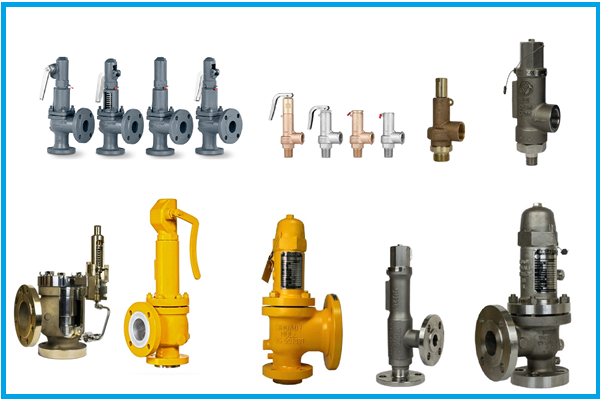
Benefits and uses of safety valves
05/11/2025
Safety valves are essential devices in industrial systems, designed to protect equipment and ensure operator safety. Below is a detailed analysis of the benefits and applications of safety valves.
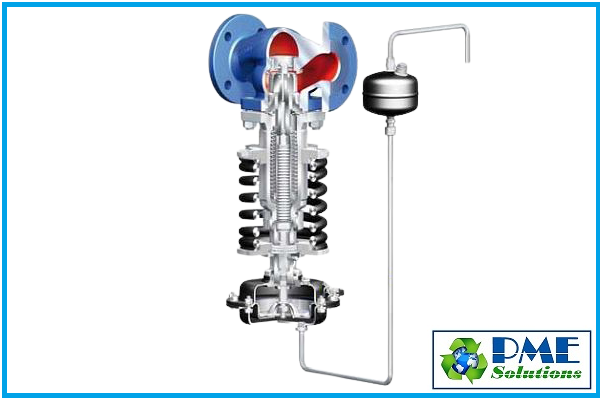
Benefits, Functions, and Applications of Pressure Reducing Valves
05/11/2025
Pressure reducing valves, also known as pressure regulating valves, are critical devices in industrial piping systems that help control and maintain safe pressure levels, protecting equipment from damage due to overpressure. Below is a detailed analysis of the benefits, functions, and applications of pressure reducing valves.
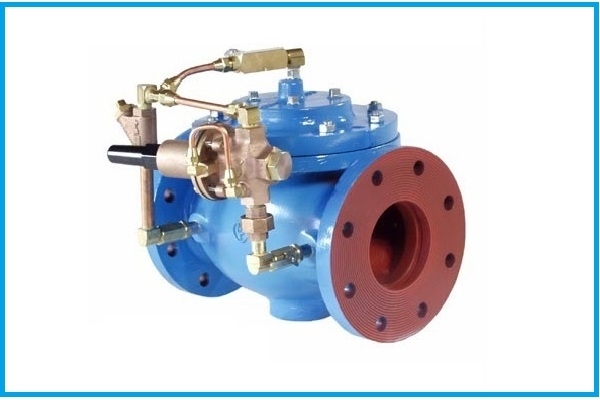
What is a pressure reducing valve? Structure, Operating Principle, Adjustment and Classification of Pressure Reducing Valves.
05/11/2025
Pressure Reducing Valve is also known as pressure regulator, pressure stabilizer, pressure regulating valve, etc. It is a type of industrial valve installed on the pipeline, with the function of reducing pressure and stabilizing output pressure, so that the output pressure is always smaller than the input pressure of the system, helping fluids to be easily transmitted to different devices. but the pressure is not too different.
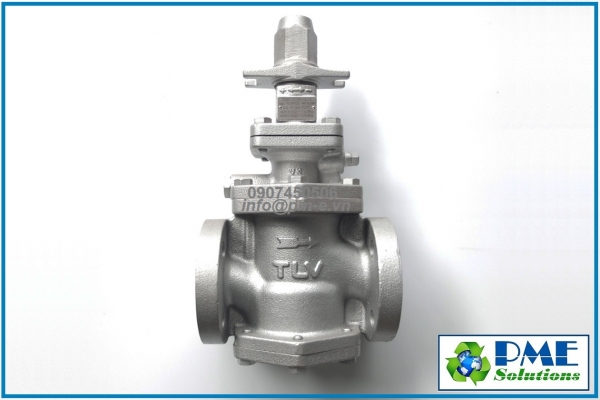
Overview Of Pressure Reducing Valve (Prv)
05/11/2025
A Pressure Reducing Valve (PRV) is a device used to regulate and maintain a constant downstream pressure by reducing high inlet pressure to a safe and stable level. It plays an essential role in protecting piping systems, equipment, and ensuring operational safety from overpressure. PRVs are widely applied in: Steam systems Compressed air systems Water distribution systems Hydraulic and industrial process systems
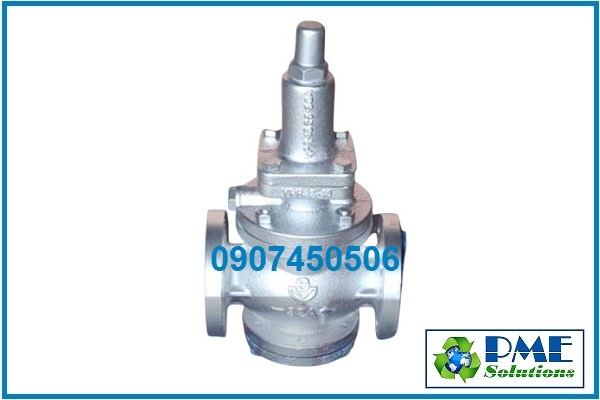
WORKING PRINCIPLE OF SAMYANG PRESSURE REDUCING VALVE
05/11/2025
Samyang pressure reducing valve is an automatic pressure control device widely used in steam, air, water, and hydraulic systems. Manufactured in Korea, Samyang valves are designed to stabilize outlet pressure, protect equipment, and extend the lifespan of piping systems.







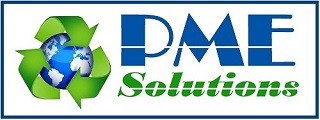

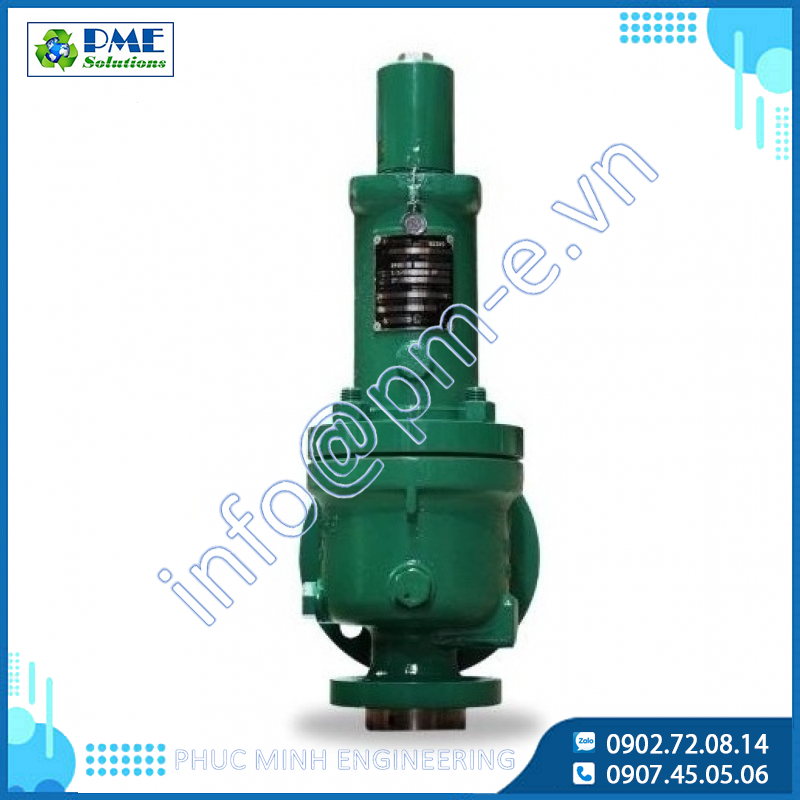
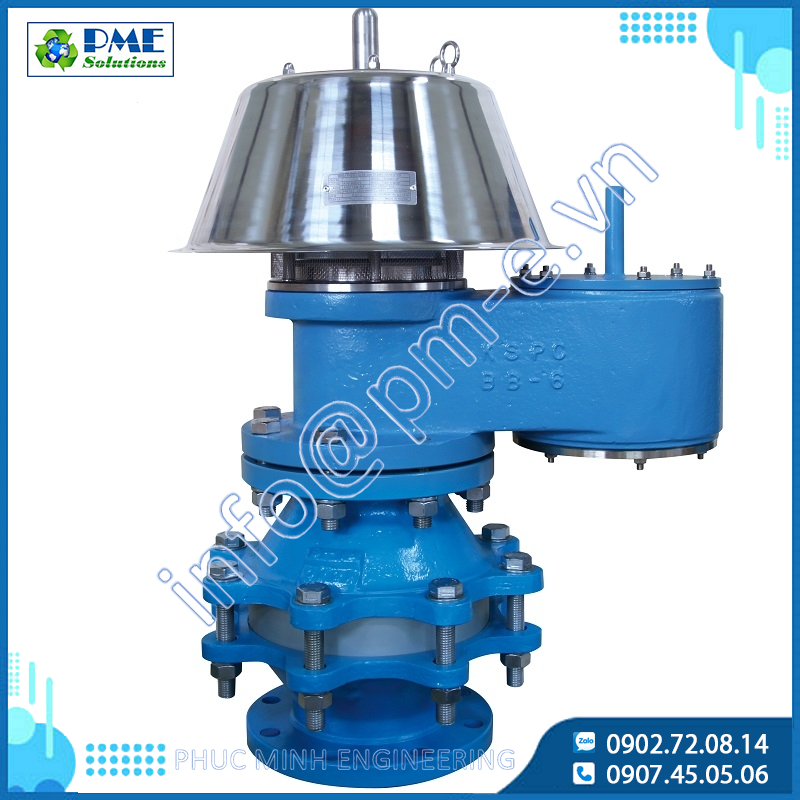
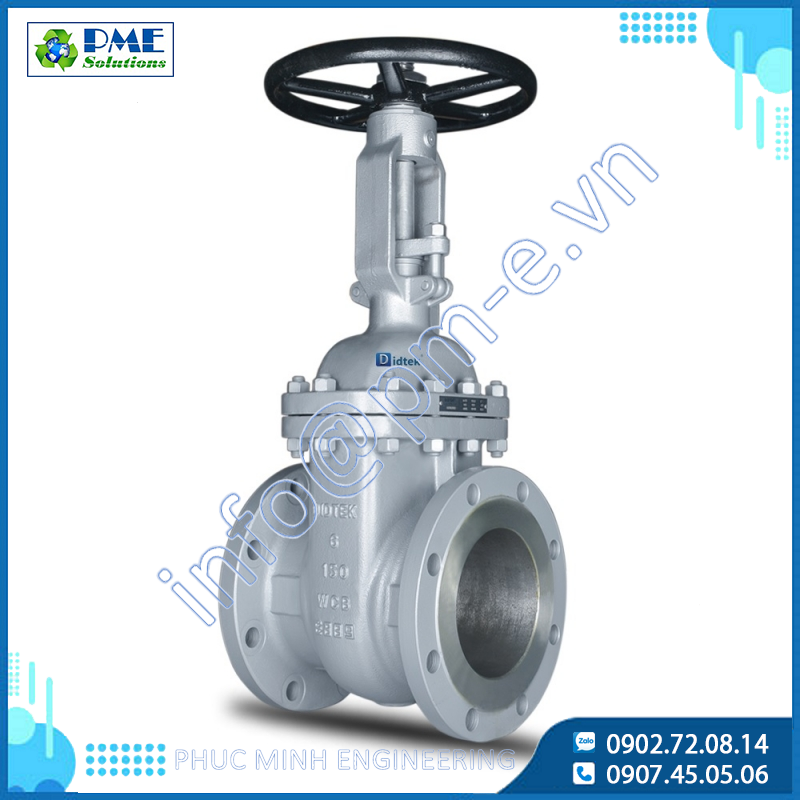
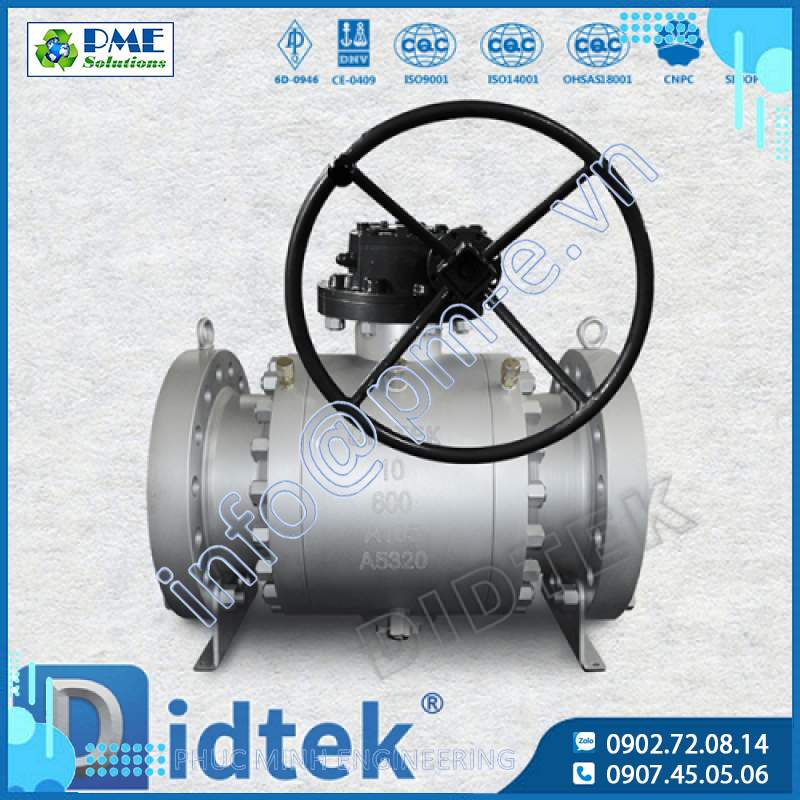
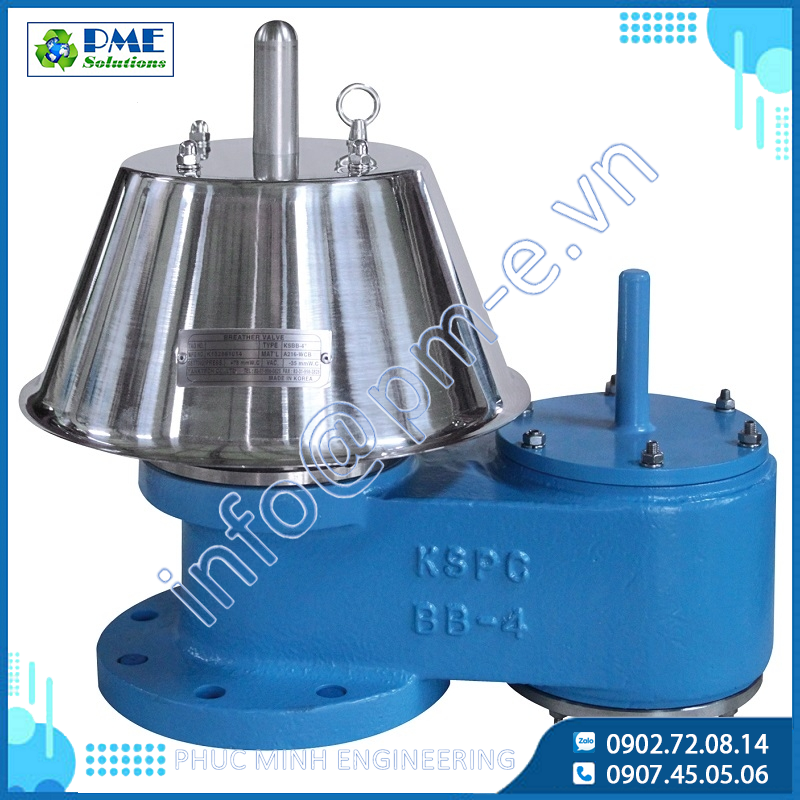


.png)






